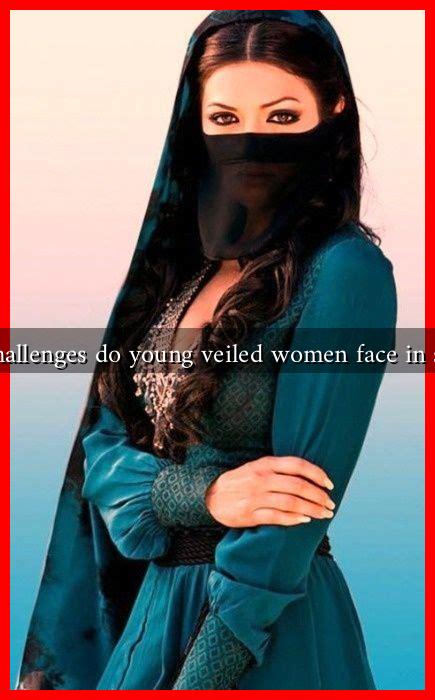-
Table of Contents
What Challenges Do Young Veiled Women Face in Schools?
The experience of young veiled women in educational institutions is often marked by a unique set of challenges that can impact their academic performance, social interactions, and overall well-being. As societies become increasingly diverse, understanding these challenges is crucial for fostering inclusive educational environments. This article explores the various obstacles faced by young veiled women in schools, supported by relevant examples and statistics.
Social Stigmatization and Discrimination
One of the most significant challenges faced by young veiled women is social stigmatization. The hijab, while a symbol of faith and identity for many, can also lead to negative perceptions and discrimination from peers and educators alike. This can manifest in various ways:
- Bullying: Many veiled women report experiences of bullying, which can range from verbal harassment to physical intimidation. A study conducted by the Institute for Social Policy and Understanding found that 55% of Muslim students in the U.S. reported being bullied because of their religion.
- Exclusion: Young veiled women may find themselves excluded from social groups or activities, leading to feelings of isolation. This exclusion can hinder their ability to form friendships and engage in collaborative learning.
- Teacher Bias: Some educators may hold unconscious biases against veiled students, affecting their expectations and interactions. Research indicates that teacher-student relationships significantly influence academic success, and bias can create barriers to effective communication.
Academic Challenges
In addition to social challenges, young veiled women often face academic hurdles that can impede their educational progress. These challenges include:
- Limited Access to Resources: In some regions, schools may lack the necessary resources to accommodate the needs of veiled students, such as appropriate physical education attire or access to female instructors in certain subjects.
- Religious Accommodations: Young veiled women may require specific accommodations for prayer times or dietary restrictions, which some schools may not readily provide. This lack of support can lead to increased stress and distraction from academic responsibilities.
- Language Barriers: For immigrant students, language barriers can complicate their educational experience. Young veiled women from non-English speaking backgrounds may struggle to keep up with their peers, affecting their confidence and academic performance.
Cultural Misunderstandings
Cultural misunderstandings can further complicate the experiences of young veiled women in schools. These misunderstandings often stem from a lack of awareness and education about different cultures and religions. Some common issues include:
- Stereotyping: Young veiled women may be subjected to stereotypes that paint them as oppressed or submissive, which can lead to condescending attitudes from peers and teachers.
- Misinterpretation of Intent: Actions or behaviors that are culturally normative for veiled women may be misinterpreted by others, leading to misunderstandings and conflict.
- Inadequate Representation: The lack of representation of veiled women in educational materials and curricula can contribute to feelings of invisibility and alienation.
Case Studies and Statistics
Several studies highlight the challenges faced by young veiled women in educational settings. For instance, a report by the Pew Research Center found that 48% of Muslim women in the U.S. feel that their religious identity is not understood by their peers. Additionally, a survey conducted in the UK revealed that 60% of Muslim girls reported feeling uncomfortable in school due to their hijab.
These statistics underscore the urgent need for schools to implement policies that promote inclusivity and understanding. Programs that educate students about different cultures and religions can help mitigate some of these challenges.
Conclusion
Young veiled women face a myriad of challenges in schools, ranging from social stigmatization and academic hurdles to cultural misunderstandings. Addressing these issues requires a concerted effort from educators, policymakers, and communities to create inclusive environments that respect and celebrate diversity. By fostering understanding and providing necessary resources, we can help ensure that all students, regardless of their background, have the opportunity to thrive academically and socially.
For further reading on the experiences of Muslim women in education, you can visit the Pew Research Center for comprehensive studies and reports.

